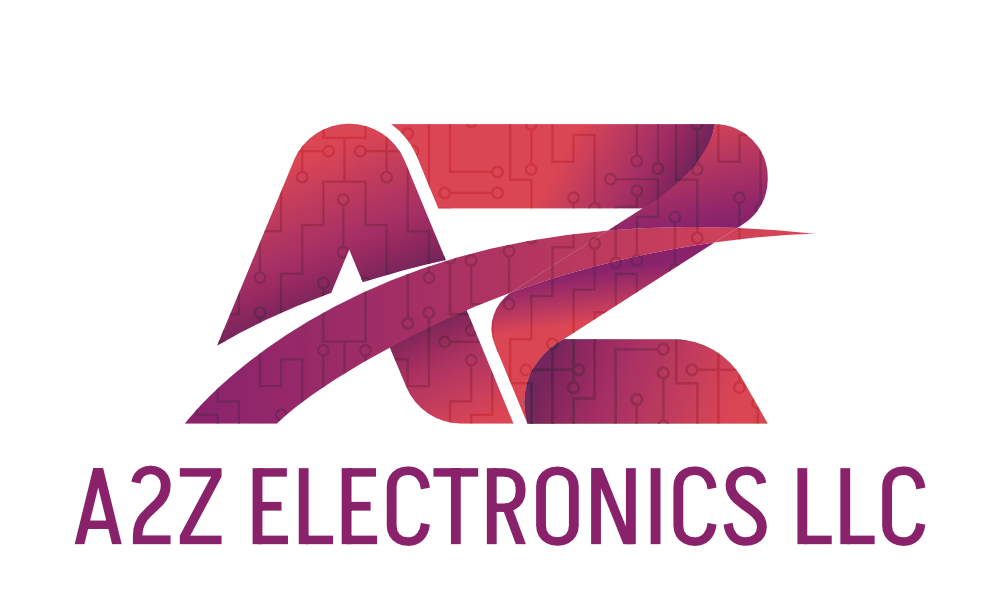PCB vs PCBA – What are the Differences and Why It Matters
- Harshit Shah
- 1 day ago
- 4 min read

In the modern electronics industry, two commonly used terms—PCB and PCBA—often confuse beginners and even some professionals. Although they sound similar, these two components play distinct roles in electronic manufacturing. Knowing the difference between PCB and PCBA is important for engineers, product designers, and businesses to make informed manufacturing decisions.
This guide breaks down the definitions, differences, and the relationship between these essential components. From basic circuits to complex electronic systems, having a clear understanding of PCB vs PCBA is key. It also brings clarity for anyone exploring printed circuit board assembly services or building a new product.
What is Printed Circuit Board (PCB)?

A Printed Circuit Board (PCB) is the core of most electronic devices. It’s usually made from sturdy, non-conductive materials like fiberglass, with thin copper lines that connect and hold electronic components in place. These copper traces allow for the flow of electricity, linking various parts of a circuit.
So, what is PCB exactly? Think of it as the frame or skeleton of an electronic device. On its own, it doesn't perform any function—it simply holds the structure and layout for components to be placed and connected.
What is Printed Circuit Board Assembly (PCBA)?
A PCBA stands for Printed Circuit Board Assembly and refers to a PCB that has been fully assembled with electronic components. These components include resistors, capacitors, integrated circuits, and connectors. Once components are mounted and soldered, the board becomes operational.
Understanding what is PCBA is important because it represents the finished, functional version of a circuit board. The PCBA meaning extends beyond structure; it includes performance and functionality.
The assembly process may involve surface-mount technology (SMT), through-hole technology, inspection, and testing, turning a simple PCB into a complete PCB assembly ready for use.
Recommended Reads: Top 10 Essential PCB Components and How They Work
Different Types of Printed Circuit Boards (PCBs) Used in the Electronics Industry
The electronics industry uses a range of types of PCB boards, each suited for specific applications. Different types of PCBs commonly found:
Single-sided PCB – Contains a single layer of conductive material and components on one side. Used in low-cost and simple devices.
Double-sided PCB – Has conductive layers and components on both sides, allowing more complexity.
Multilayer PCB – Features three or more conductive layers, ideal for complex, high-speed, and high-performance electronic systems.
Rigid PCB – Solid and inflexible, used in devices like desktop computers.
Flexible PCB – Can bend and fold, ideal for wearables and compact gadgets.
Rigid-Flex PCB – Combines rigid and flexible sections in one board, offering both durability and flexibility.
What Kind of Materials Are Used in Printed Circuit Boards?

Selecting the right PCB materials directly affects performance, reliability, and heat resistance. Here are the common types of PCB materials used:
FR-4 – A fiberglass-reinforced epoxy laminate that is widely used due to its strength and flame resistance.
CEM-1 and CEM-3 – Low-cost alternatives suitable for simpler applications.
Polyimide – Offers excellent thermal stability, making it ideal for flexible PCBs.
Metal Core PCBs – Feature a metal base (usually aluminum or copper) that provides superior heat dissipation. Often used in LED lighting systems.
Recommended Reads: Thermal Profiling in PCB Assembly: The Key to Precision & Quality
What Are the Differences Between PCBs and PCBA & Why Is It Important?
Here’s a clear breakdown of PCB vs PCBA:
Feature | PCB | PCBA |
Definition | It is a Bare Printed Circuit Board | It means assembling the PCB Board into electronics systems |
Components | None | Fully loaded with electronic components |
Functionality | Non-operational alone | Ready to function |
Manufacturing Process | Layering and etching | Assembly, soldering, inspection |
Cost | Lower | Higher due to added materials and labor |
Understanding the difference between PCB and PCBA plays a major role in manufacturing, design, and purchasing. Mistaking one for the other can lead to delays, extra costs, or incorrect orders. For those working with pcb assembly services, clarity around this distinction ensures better planning and communication.
How Do Printed Circuit Boards (PCB) and Assemblies (PCBA) Work Together?
A PCB provides the physical and electrical foundation for any circuit. Once all necessary components are mounted, it transforms into a PCBA—a fully functional board that powers devices.
Here’s how the process typically unfolds:
Design and fabricate the PCB.
Source and prepare the required components.
Mount and solder the components during assembly.
Test the final PCBA for functionality.
Install the PCBA into the final product.
The relationship between PCB and PCBA is essential. One provides the base; the other brings the design to life. In today’s fast-moving electronics market, this synergy enables the creation of compact, high-performance devices.
Recommended Reads: What are PCB Vias? A Complete Guide
Conclusion
A PCB is the bare board that forms the base of electronic circuits, while a PCBA is the complete, assembled board with all components mounted and ready to function.
Understanding the difference between PCB vs PCBA is essential for making informed decisions in design, manufacturing, and sourcing. From selecting the right types of PCB boards to choosing quality PCB materials or finding trusted printed circuit board assembly services, having clear knowledge ensures smoother, more efficient development.
At A2ZEMS, we support every step of your journey—from choosing the right types of PCB boards and PCB materials to delivering high-quality PCBA solutions. If you're looking for precision, efficiency, and reliability, get in touch with us right away!
Let us help you bring your electronic innovations to life—one board at a time.


Comments